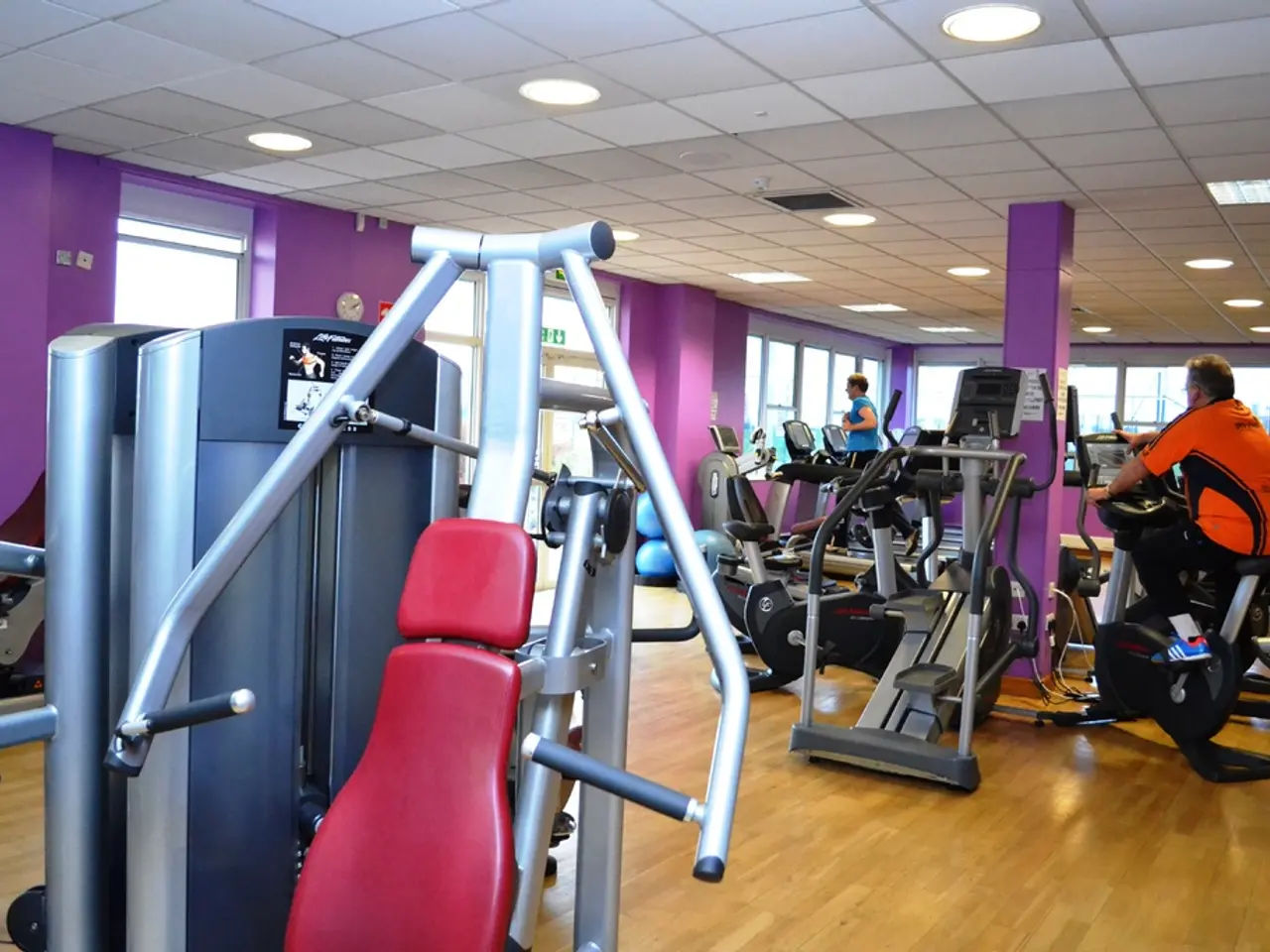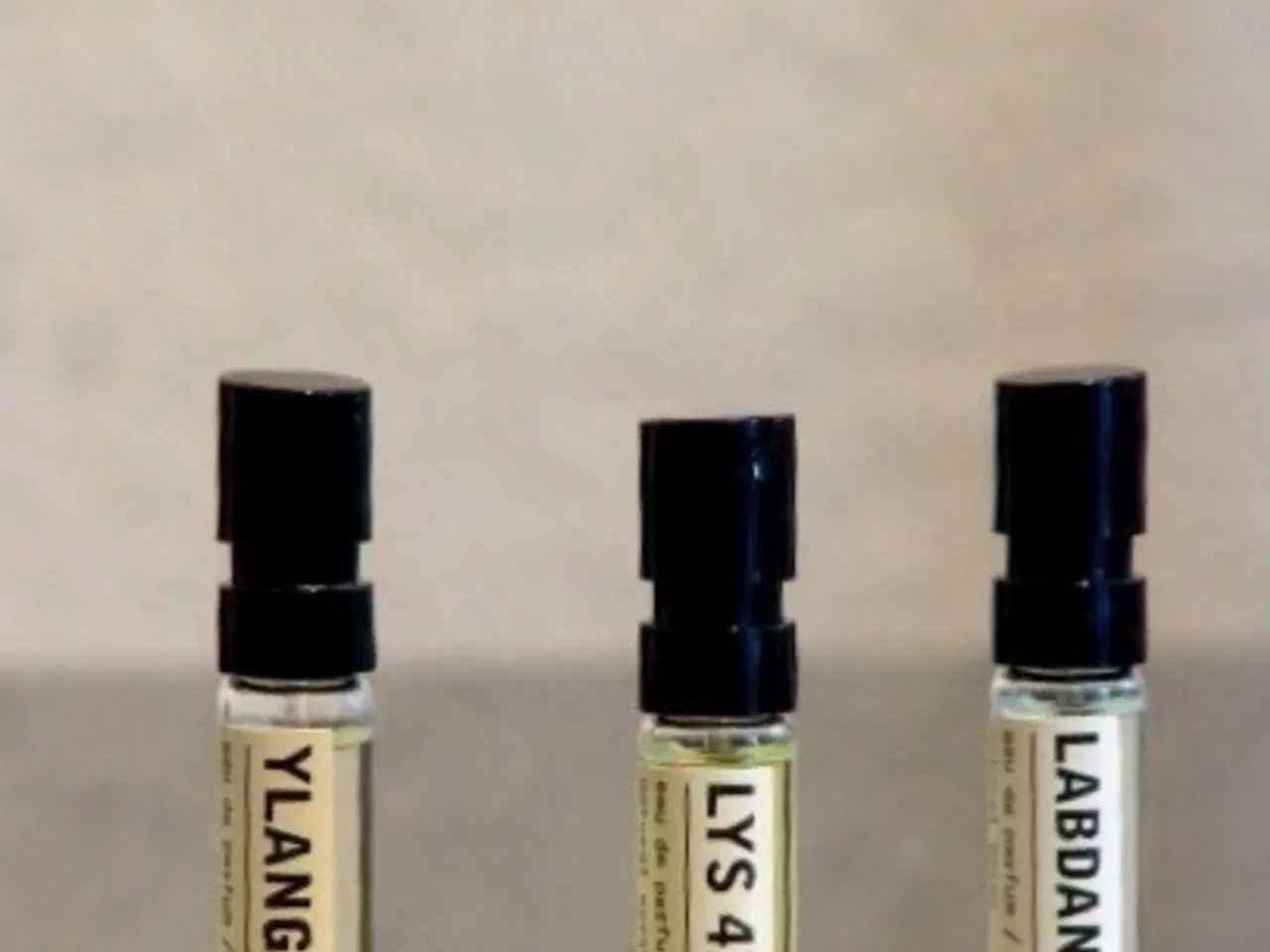Rules for exterior home painting in Switzerland limit color choices.
In Switzerland, homes often sport a monotonous palette of beiges, greys, and other subdued shades. You won't find many vibrant purples or bold oranges, and that's no accident. Two factors play a significant role: psychological and regulatory.
First, the Swiss mentality leans towards conformity. People prefer to blend in rather than stand out. In essence, they're as neutral in their color choices as they are with their politics.
However, there's a more practical reason as well. Most municipalities have regulations that require houses to share a similar color scheme for uniformity's sake. These regulations, based on an "aesthetic clause," allow authorities to determine whether a color fits well with the existing homes or not. In other words, breaking the rules can lead to a hefty fine and mandatory repainting.
In Montreux, a homeowner learned this the hard way when he dared to paint his house in bold, bright red. The authorities, predictably, saw red too – literally!
In some cases, when the building is surrounded by historical homes, the canton will decide the appropriate color. But in most instances, it's left to individual municipalities to make that determination.
If you're planning to build a house from scratch, authorities will also approve the design to maintain the neighborhood's style. So, forget about a modern steel-and-concrete house in a traditional or historic area.
It may seem like a violation of your freedom of choice, but in Switzerland, "the good of the society" generally prevails. So, stick to the approved colors and designs to avoid any unpleasant surprises.
Bonus Factoids
- The regulations are not only about color but also aim to preserve cultural heritage and maintain energy efficiency standards, especially in historic areas.
- With a severe housing shortage in some cities, maintaining property standards ensures renovation quality and tenant-landlord agreements.
- Tenants who alter colors without permission may face lease violations, fines, or even legal penalties in protected areas.
- Bold or unapproved colors could potentially reduce property value or marketability in areas with strict community guidelines.
- In Montreux, a harsh lesson was learned when a homeowner painted his house in a vibrant, bold red, only to be fined and forced to repaint it due to the local authorities' strict adherence to the "aesthetic clause."
- When designing a new house in Switzerland, individuals must adhere to the approved colors and designs to avoid any penalties, as the "good of the society" is prioritized over personal preferences.
- In some historical areas of Switzerland, the canton may decide the appropriate color for a building to preserve the cultural heritage, while in most cases, it is up to individual municipalities to make this decision based on established guidelines.




